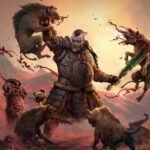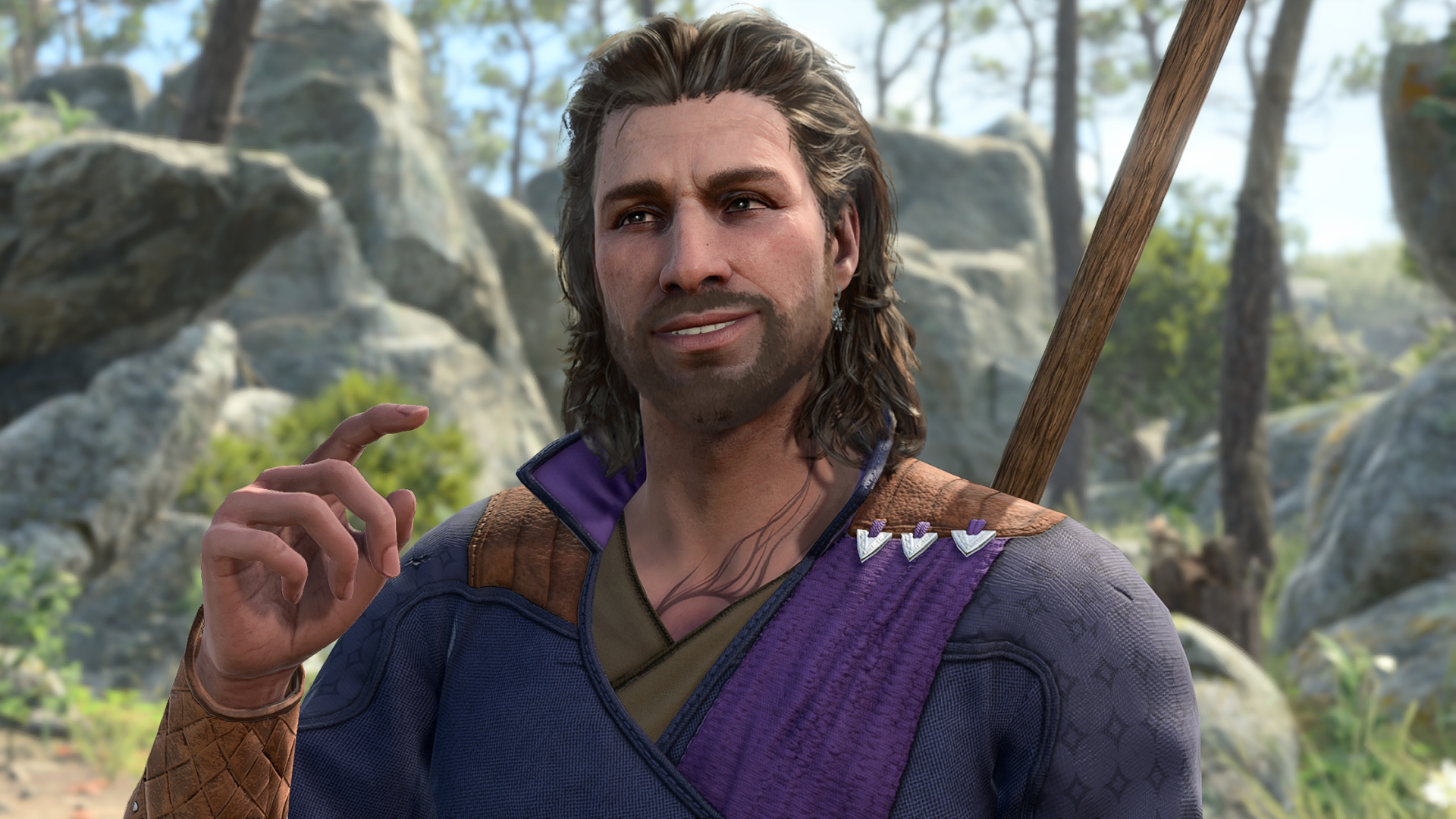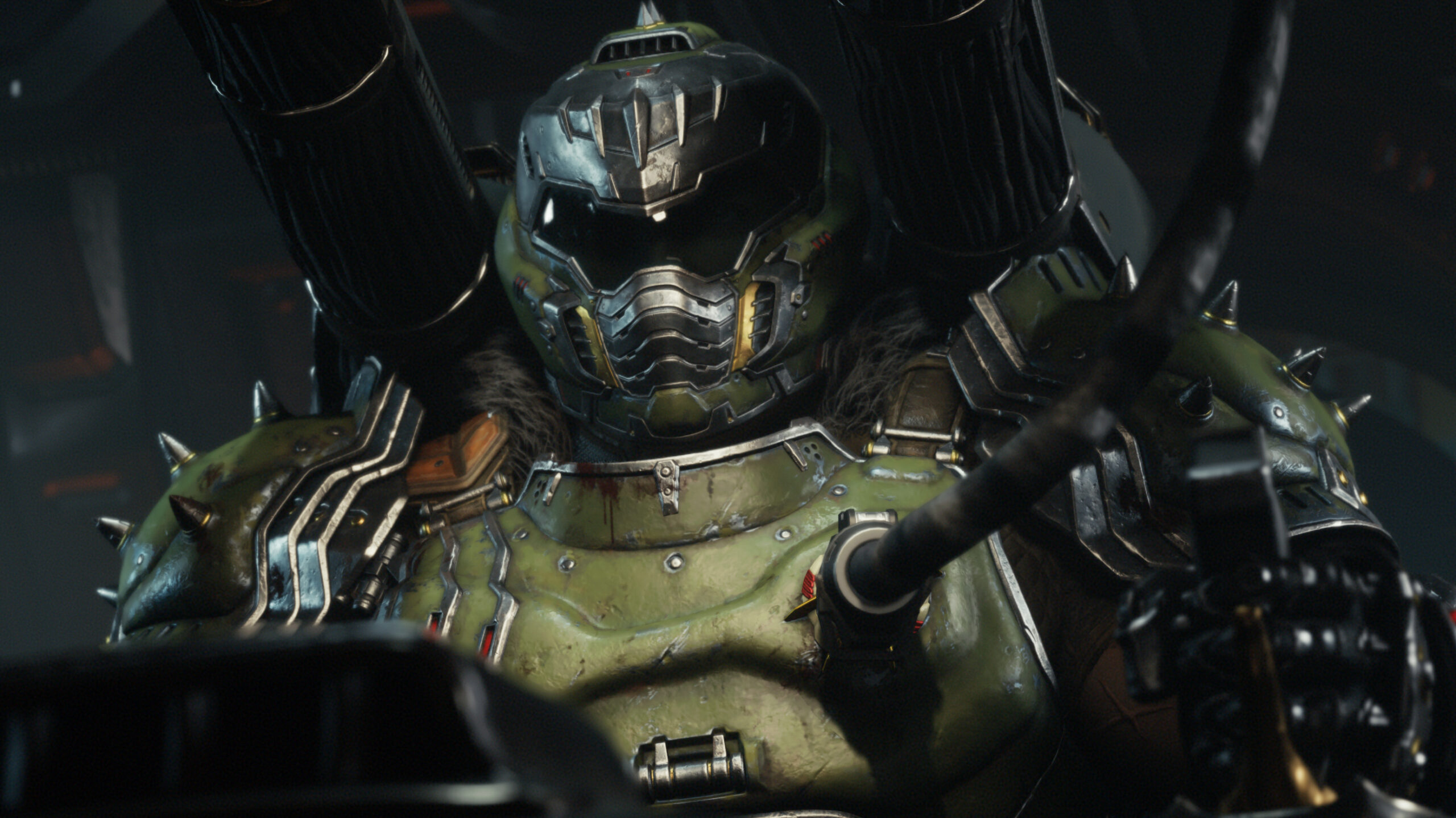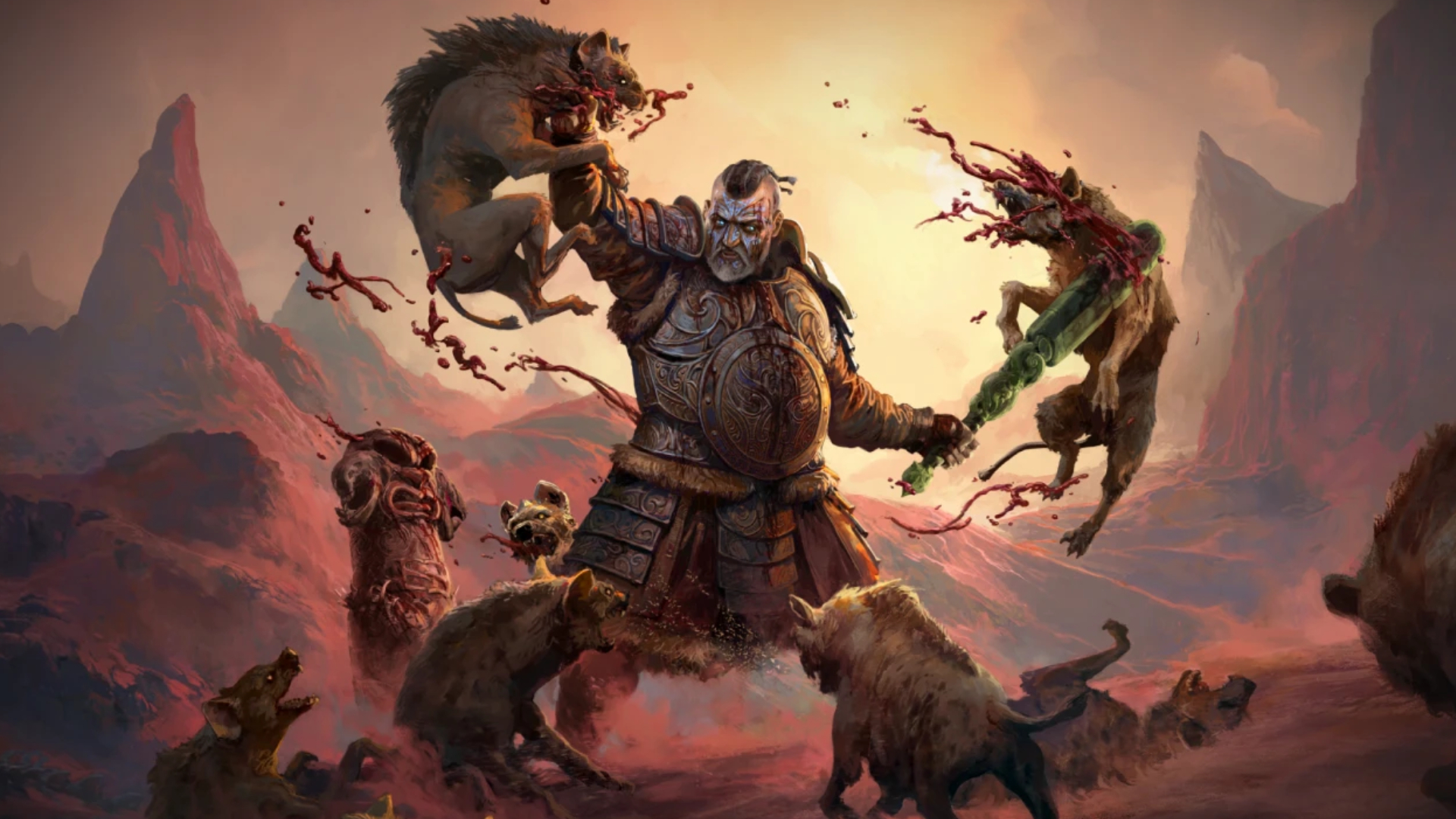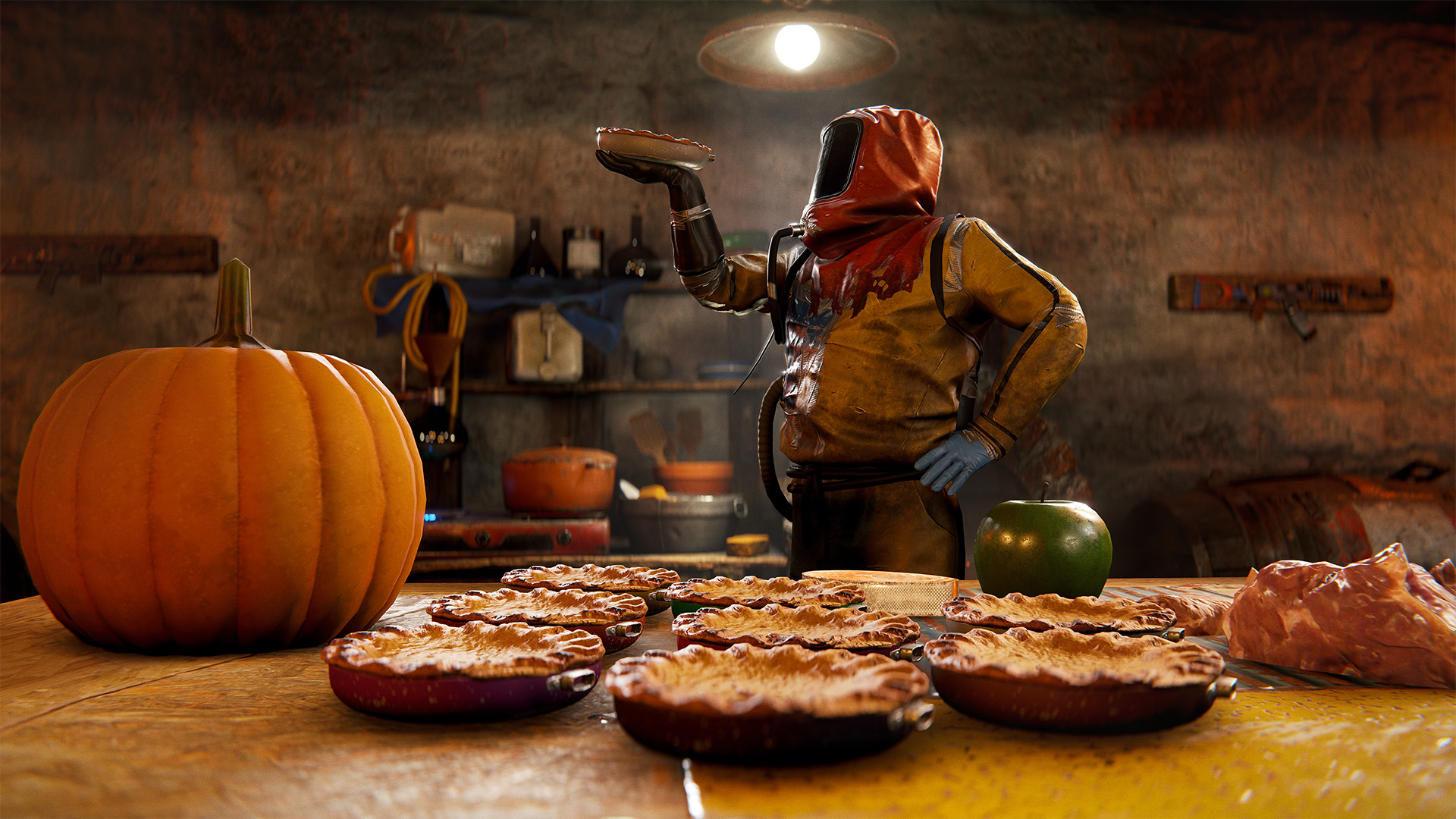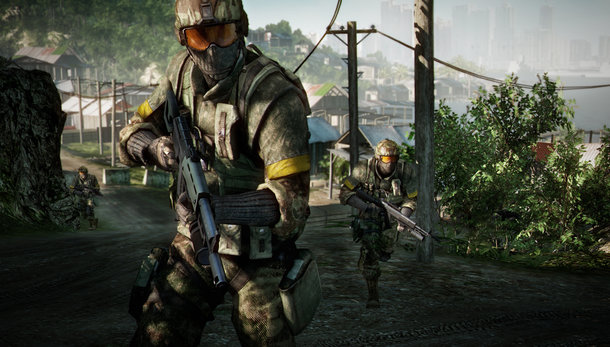Baldur’s Gate 3’s latest patch added two whole new difficulty modes. Honour, a sort of pseudo-permadeath run, and Custom, which lets you fiddle around with rulesets to your heart’s content. One thing that had alarm bells ringing in my head, however, was this line from the patch notes:
“[Honour mode] introduces over 30 new tweaks to all of Baldur’s Gate 3’s boss-fights, with a new Legendary Action system designed to catch players off-guard and increase the challenge.”
If you haven’t played Dungeons & Dragons 5th edition (D&D 5e), the tabletop ruleset the game is based on, you have no idea what you’re in for. Adding Legendary Actions to Baldur’s Gate 3 is a massive spike in difficulty, and I can prove it. How? I’ve DMed for too many games of D&D, and balancing an encounter makes me very tired, that’s how.
A Legendary Action in D&D 5e is an action that a powerful enemy takes after a player character’s turn, and they typically have three per round of combat. For example, the Ancient Red Dragon from the Monster Manual can use a Legendary Action to try and spot a hidden enemy or make an attack with its tail. Alternatively, it can spend two Legendary Actions to flap its wings, dealing damage to everyone unlucky enough to be close to it and potentially knocking them prone, then fly up to half its movement speed.
While this sounds simple in theory, it actually addresses a huge issue in the TTRPG that makes single enemies cakewalks and crowds of foes deadly. But first, it’s time for a crash course in economics—specifically, the action economy.
Turns for the worse
(Image credit: Larian Studios)
D&D 5e tells the DM how hard a monster is via its Challenge Rating (CR) system. This is sort of similar to an enemy’s level in Baldur’s Gate 3, except it’s based on the assumption the monster will be fighting a party of four. So a “CR 5” monster is a challenge for four level five adventurers.
Except not exactly. If you put your average CR 5 schmuck against that party, and said schmuck is on its own, it’s going to get eaten alive. That’s because the party has four actions every round and the monster only has one.
The Dungeon Master’s Guide actually calls this out when it tells you how to balance encounters by how much XP the monsters give you, which is… annoying, since it kinda stops CR being useful, but hey. There are online calculators that do the maths for you. “The more monsters there are, the more attack rolls you’re making against the characters in a given round, and the more dangerous the encounter becomes.”
Let’s compare the Ogre from D&D’s Monster Manual to the much weaker Swarm of Bats. The Ogre deals an average of 13 damage every round of combat with its Greatclub. A Swarm of Bats (treated as one monster) deals an average of 5 damage a round with its “Bites” attack. So what’s more dangerous, an Ogre, or three bat swarms?
(Image credit: Larian)
It’s the bats, and it’s not because of the 2 extra damage. If the ogre misses a swing, it misses—that’s it. It’s effectively completely wasted its turn. The bat swarms however have three chances to deal damage and three chances to crit.
If you’ve fought that group of gnolls during the “Find the Missing Shipment” quest in Act 1, you’ll have felt this in action. Huge group of enemies, some of whom frenzy into firing two arrows per turn—that fight can go south extremely quickly. Now you know why.
This can change based on positioning, obviously—if you have a chance to land an area of effect spell, the bats are suddenly a lot less scary. But I just used a very simple example. This problem only gets worse the higher level (or bigger party size) you have.
As to how this relates to the game—without Legendary Actions in the game at launch, Larian has had to buff up most of its major encounters with extra enemies. But layering Legendary Actions on top of those fights, when the action economy’s already working against you? The implications are huge. These new suped-up bosses are going to end a lot of honour mode runs.
Even if they just get to take an extra pot shot or two, thanks to D&D science I can confidently say that all of these fights just got way, way harder. The action economy is king.


